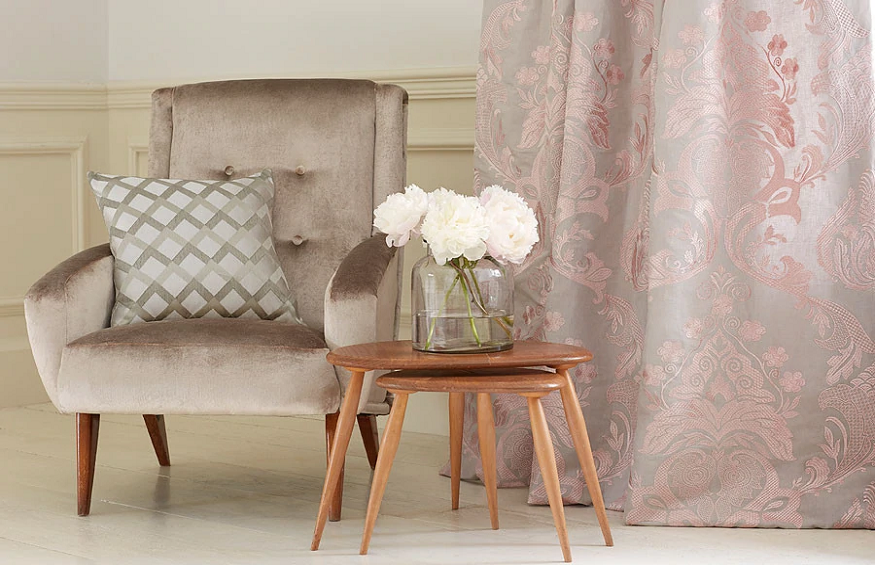
The best fabric for curtains is made from the same materials as upholstery. Cotton is a durable and affordable choice for curtains, but it may be too thin for some rooms. If you want to create a cheerful and festive look in your kitchen, try a fabric known as Madras cotton. This is a kind of chequered cotton that is usually made from thick, rough material. It is also popular as a material for kitchen curtains.
Rayon
There are also many types of synthetic fabrics, such as rayon. These are relatively inexpensive and can be easily blended with other types of fabrics. A good quality synthetic fabric will have a satin-like appearance and resist wrinkling. They are also light weight, but won’t last as long as cotton or silk. Some types of synthetic fabrics even have UV-blocking properties, which are helpful when choosing a fabric for a window treatment.
Consider Using Curtain Lining
Another option is to use upholstery fabric as a curtain lining. While this will increase the cost, it will provide a lighter, airy feel to your window treatments. Aside from cotton, silk, and lace are also excellent options for curtains. These materials will make your windows appear more spacious, but they will also let more light into your home. You can mix and match different types of materials for curtains, depending on the look you want to achieve.
Velvet
If you are looking for a more expensive fabric, consider using velvet. These fabrics are often heavy and can keep out cold drafts. But they can be very expensive. You should also remember that the type of fabric you choose should be appropriate for your room. You can also look into blended fabrics that combine the best qualities of different types of fabrics. Polyester, polycotton, and rayon are good choices for curtains. The type of fabric you choose depends on the style of the window and your decor.
Natural Linen
Among the natural fibers, linen is a durable choice that can last a long time. This material is also very breathable, and the best choice for the drapes in your home. It is the best option for curtain-making projects, and it is also the most economical. With hundreds of fabrics to choose from, you are sure to find the perfect fabric for any room of your home. But don’t forget to look at the label.
Natural linen is one of the most popular and durable. It is the oldest weaving yarn and is extremely durable. Its textures range from soft and smooth to dense and sheer. It comes in a variety of colors, including tan and brown. For curtains, you can pick a fabric that will suit the color of the room. It will also depend on the type of window coverings. There are some fabrics that will complement other colors and styles, so you should keep that in mind when making your decision.
Natural linen is a great choice for curtains. It is one of the oldest weaving materials, and is strong and stable. Its different textures and colors are ideal for drapes. The most common natural fabric is polyester. However, it does not block light as well as other materials do. Hence, if you want a more luxurious look, use a linen drape. You can find a wide variety of materials in stores.
Polyester
The fabric you choose for your curtains should match your style and functional needs. The most common curtain fabric is polyester, which is durable and economical. It does not stretch or wrinkle. It can also be made into a thick lining to avoid any fraying. It is also a great option for those who are new to the curtain business. It is also a good choice for first-timers. Those who have little time for decorating can select polyester curtains.
While polyester is cheap, it is not as durable as natural materials. The fabric is more likely to fade in direct sunlight, so you should be careful when selecting it for your curtains. The most expensive material for curtains is silk, but you may want to choose a more durable option. Regardless of your choice, the fabric should last a long time. When choosing a fabric, it’s essential to consider its weight and its light filtering properties.


